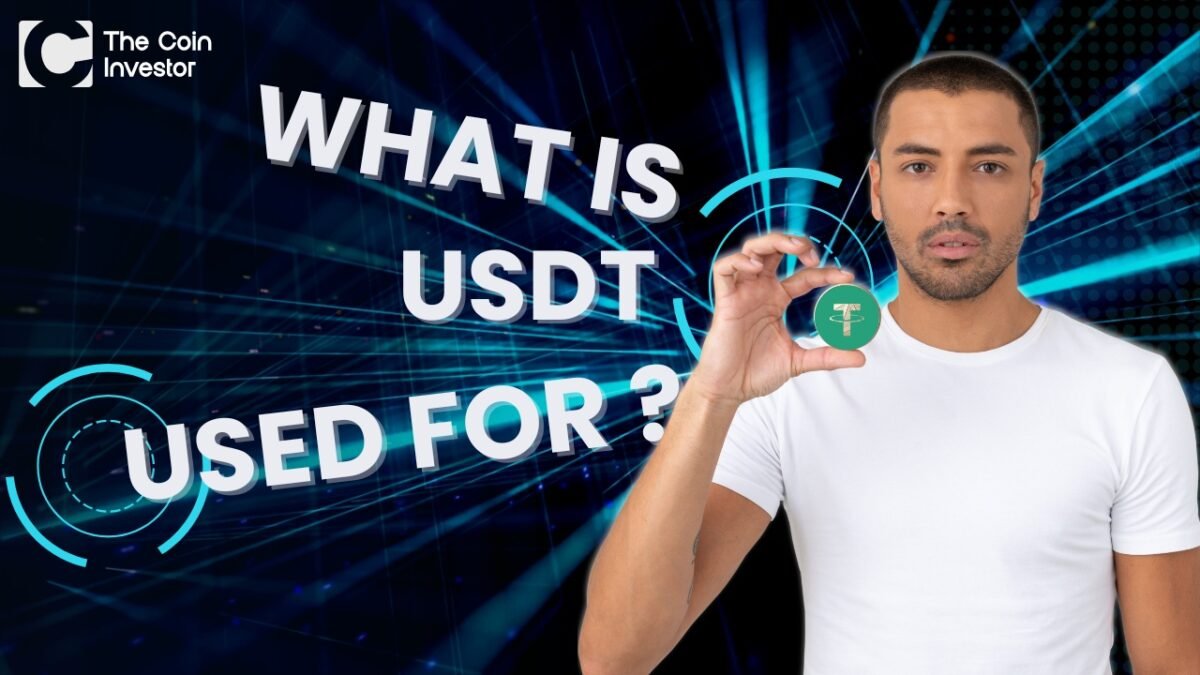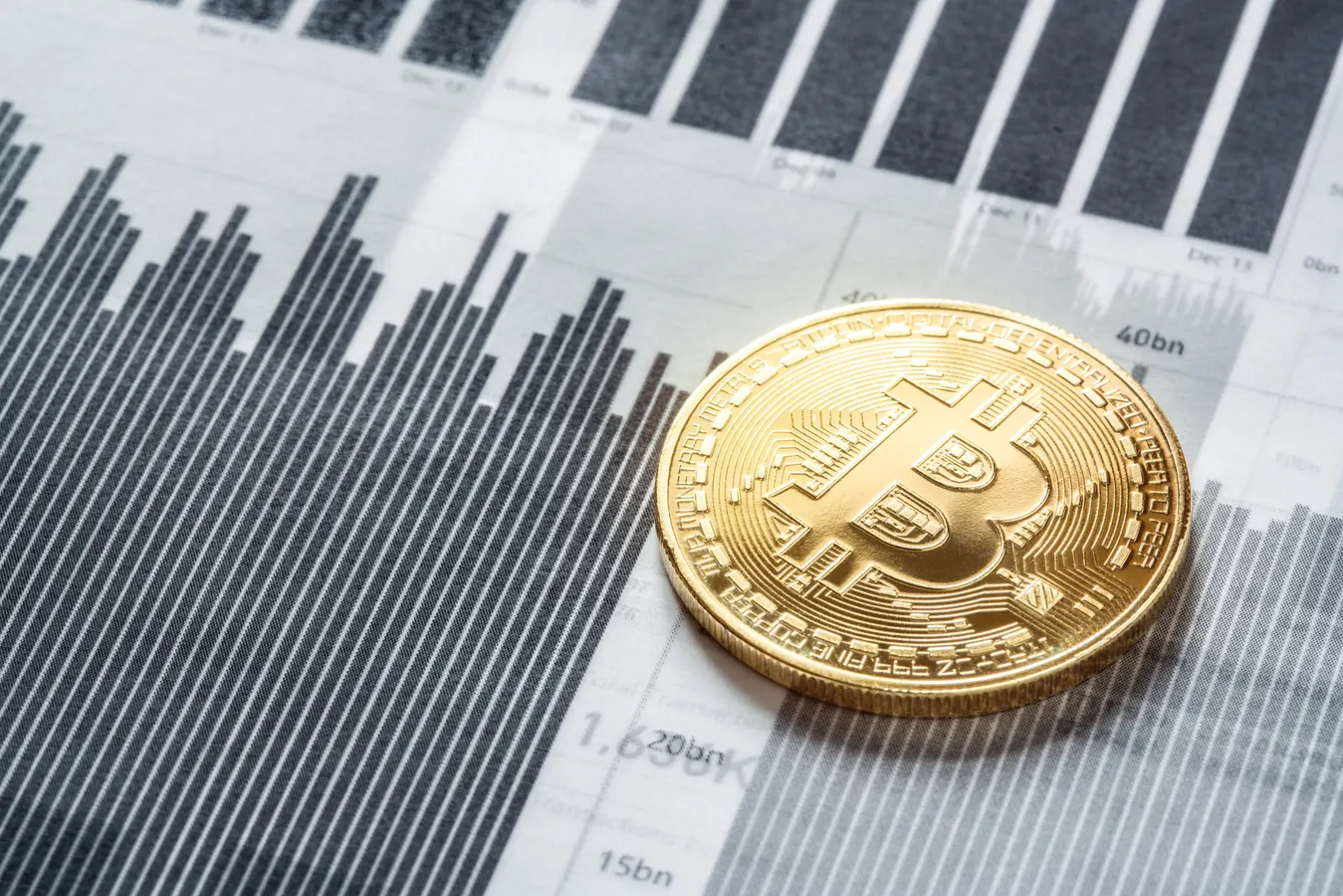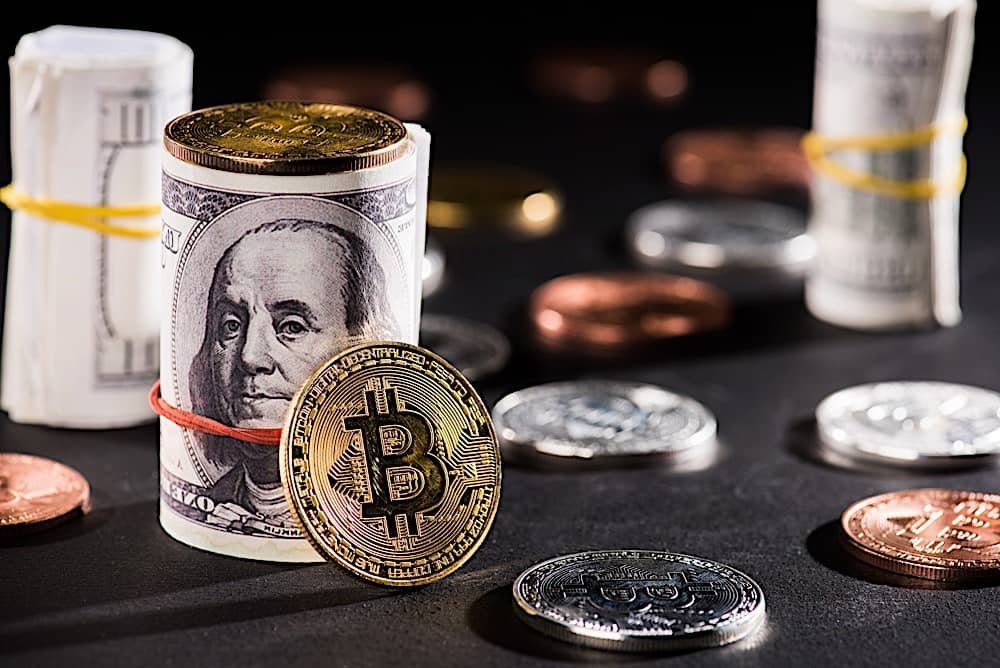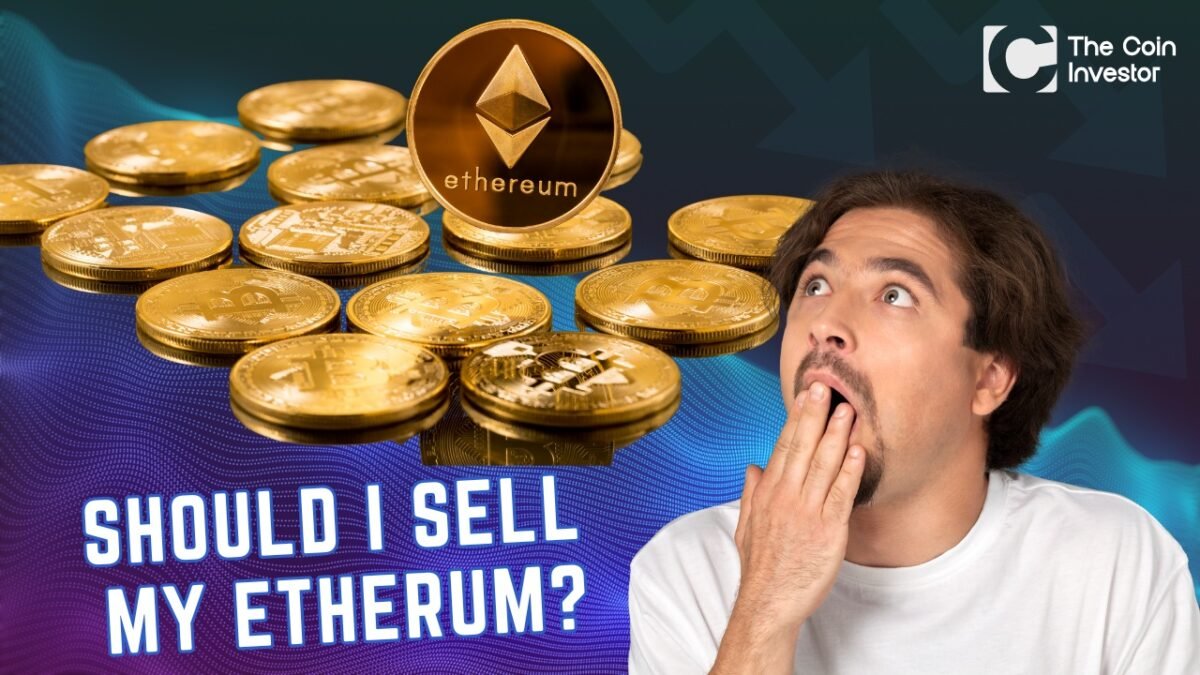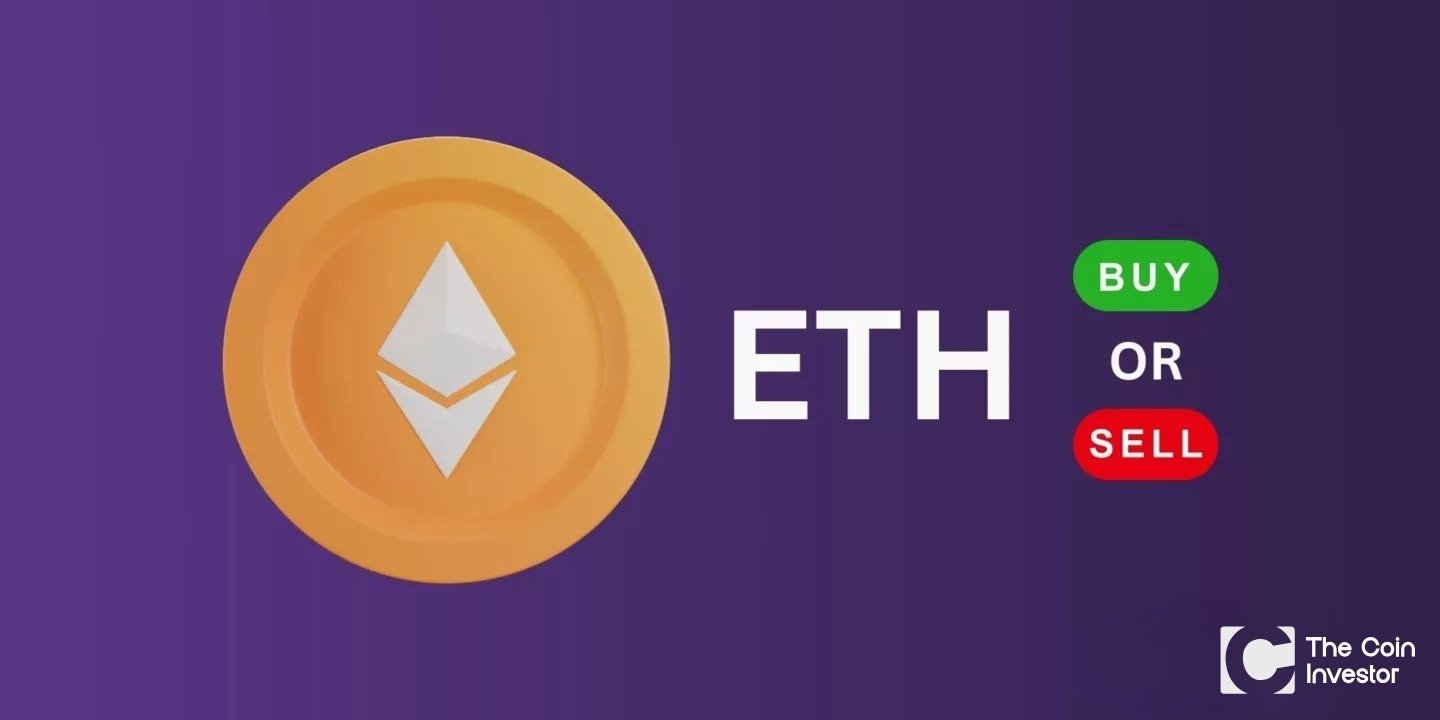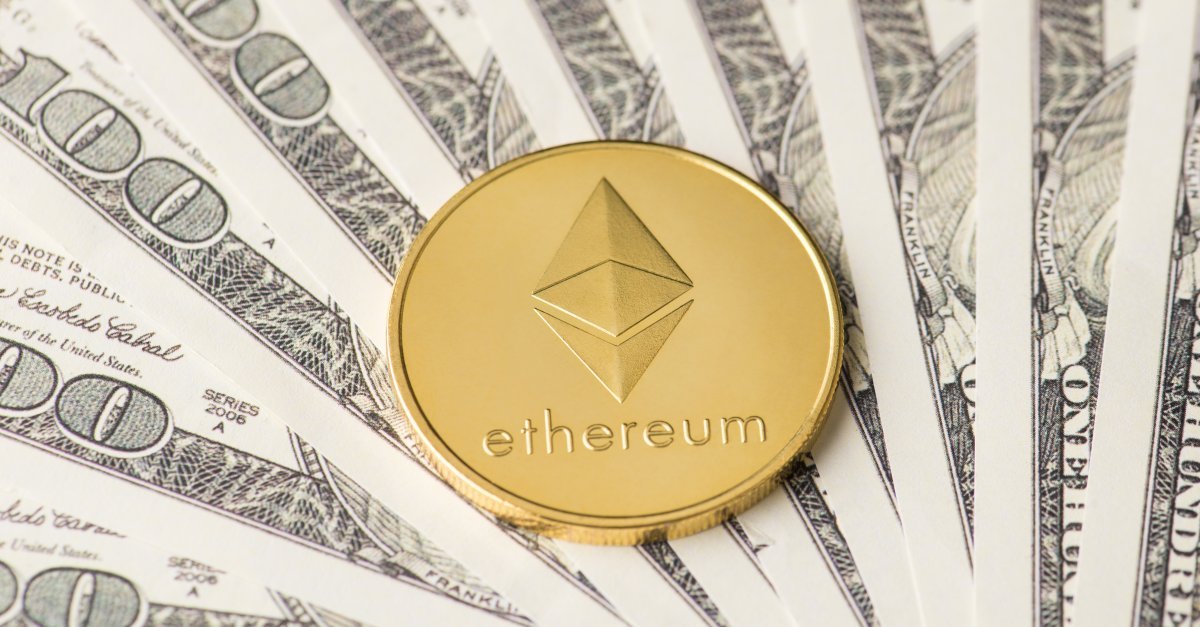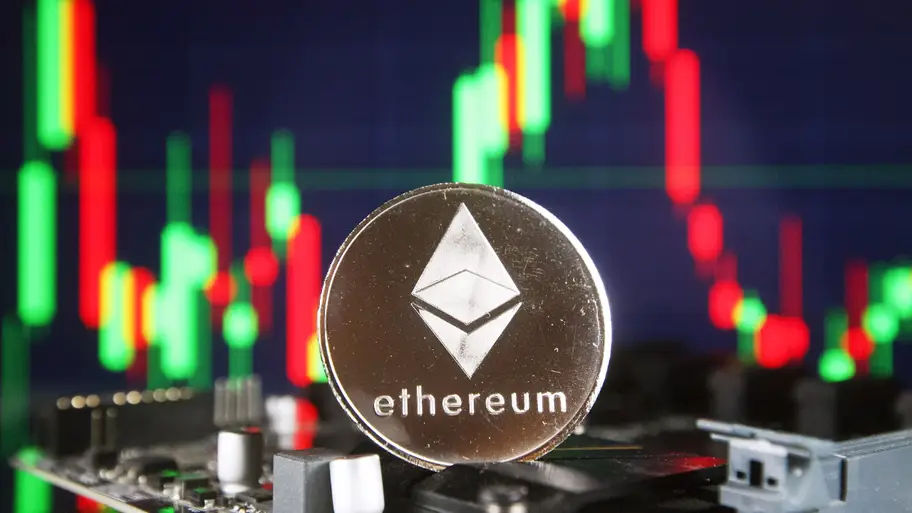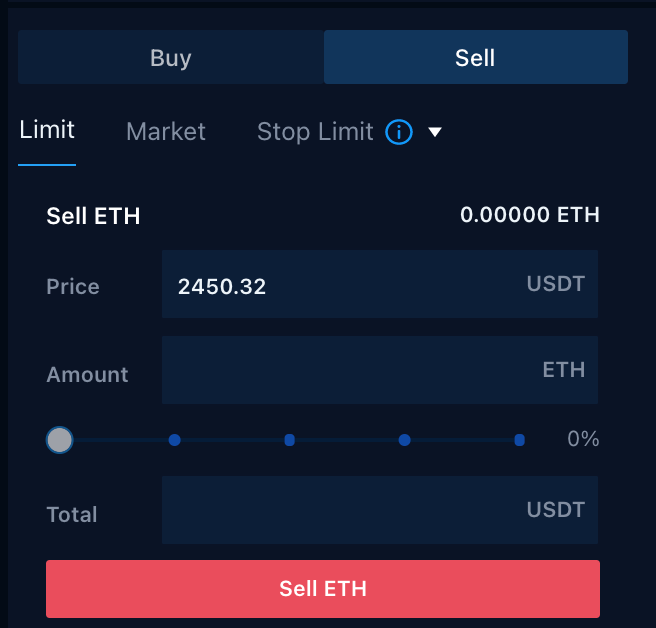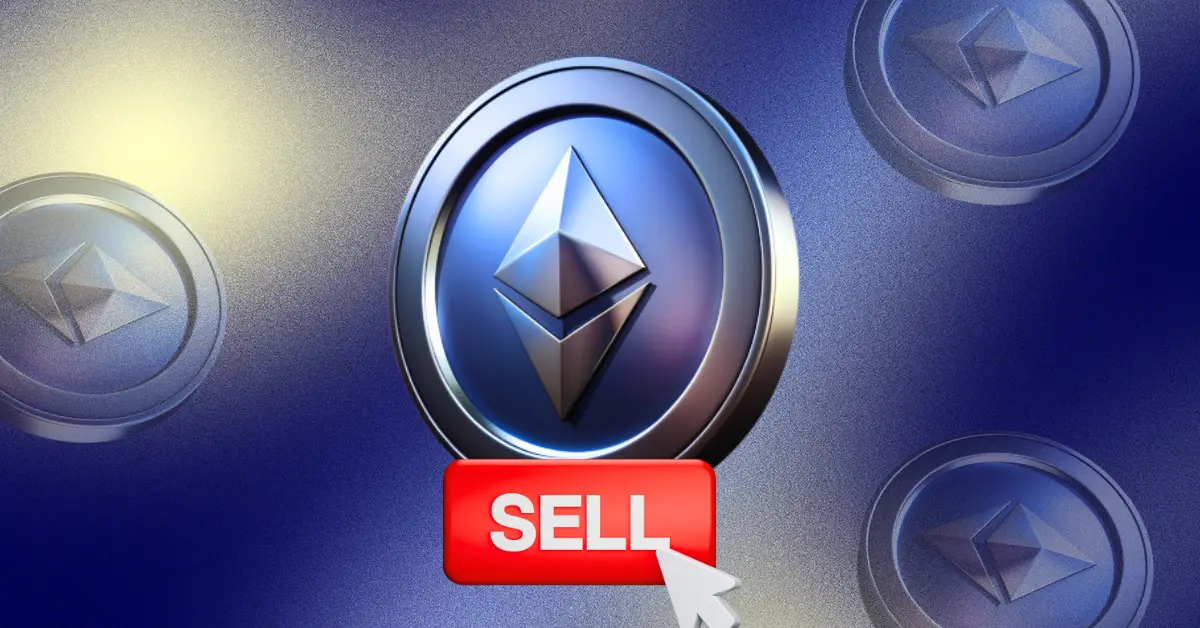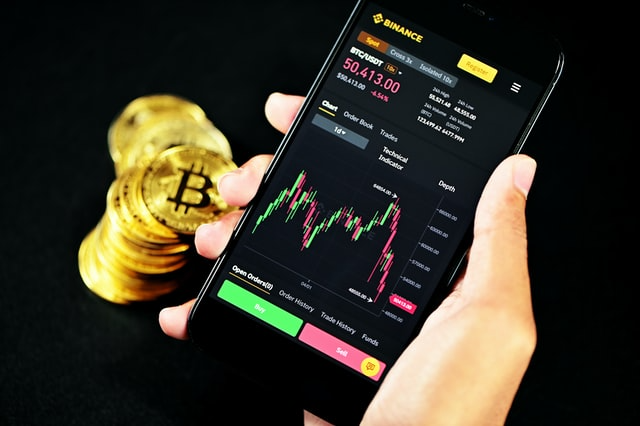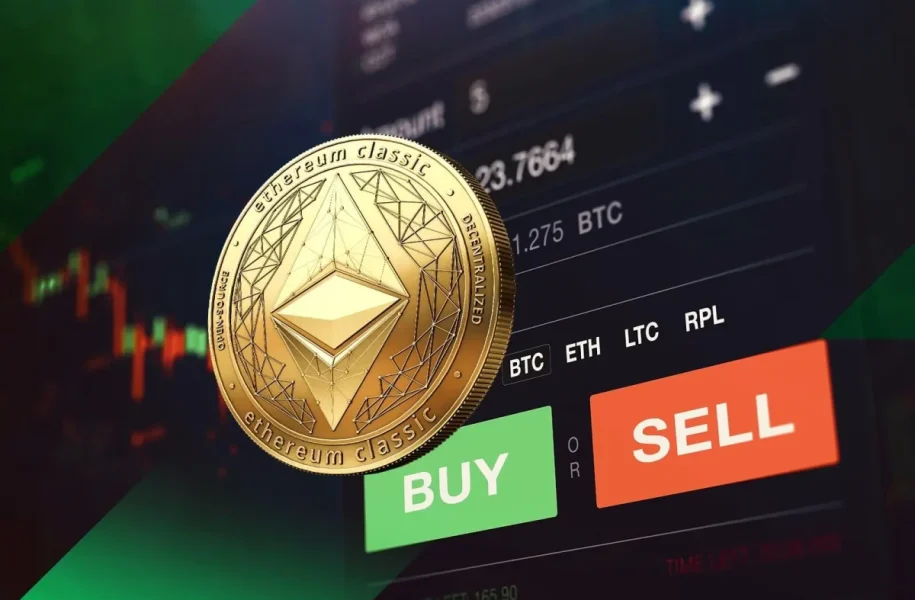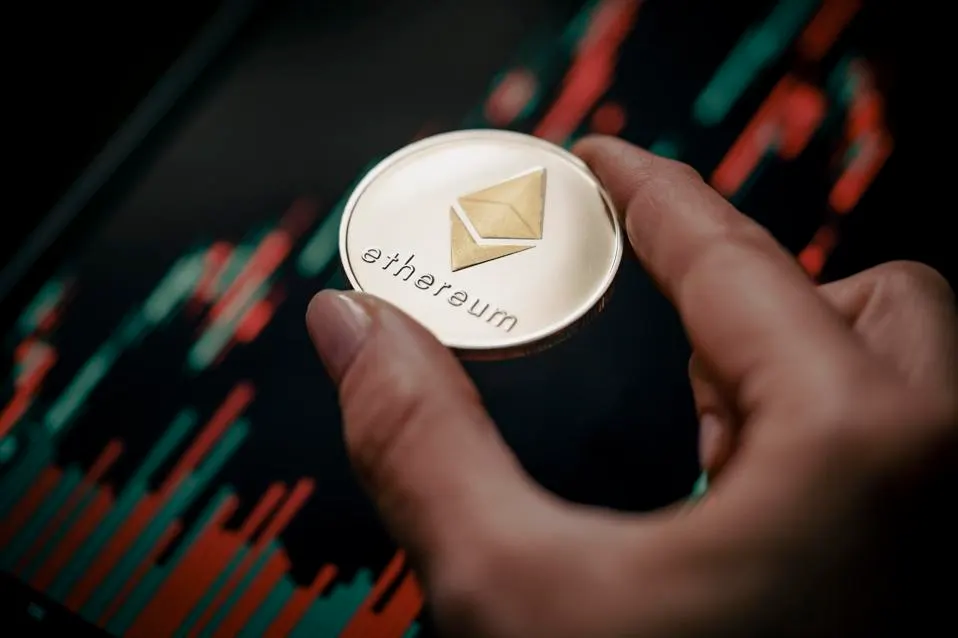The cryptocurrency market is known for its rapid changes and high volatility, which can make trading and investing feel risky.
Are you looking for a way to navigate these challenges?
Stablecoins like Tether (USDT) are here to help.
USDT is a digital asset that is pegged to the US dollar, providing a sense of stability amid the unpredictable price swings of cryptocurrencies like Bitcoin and Ethereum.
Imagine having a reliable tool at your disposal—USDT allows crypto traders, investors, and everyday users to maintain a stable value.
In this article, we will explore how USDT is used in crypto trading, cross-border transactions, and as a dependable store of value in the digital economy.
As the digital asset landscape expands, Tether plays an important role in delivering stability and enabling smooth transactions.
Don’t miss out on understanding the benefits of USDT!
Definition, Market Cap and Basic Function
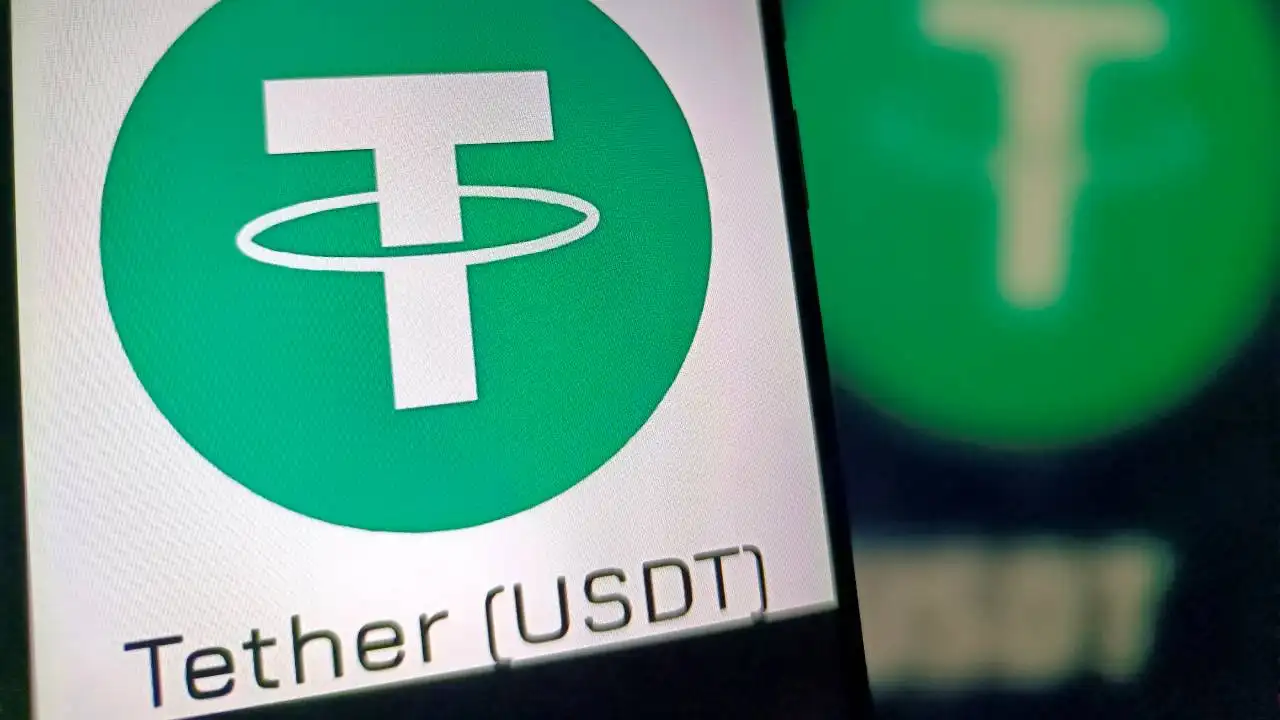
Tether was made by Reeve Collins, Craig Sellars, and Brock Pierce. They created it under Tether Limited in the British Virgin Islands.
The goal of Tether is to offer a stable digital coin linked to the US dollar. Tether (USDT) is the largest stablecoin based on trading volume. It holds 70% of the market share for stablecoins. In 2019, it overtook Bitcoin as the most traded coin in the world.
As of July 2024, Tether has more than 350 million users. USDT is backed by dollar reserves and cash. This lets people trade online with small value changes.
As of the latest data available, the market cap of USDT (Tether) stands at 146.09 billion USD. The growth and adoption of USDT reflect its importance in facilitating transactions and hedging against market fluctuations in the crypto ecosystem.
What Is USDT Used For? Key Benefits of Using Tether
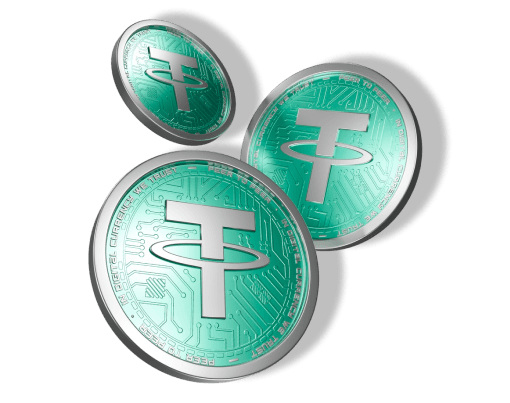
Stability in Volatile Market Conditions
One of the biggest advantages of USDT is its stability. In times of high market volatility, when the price of Bitcoin or Ethereum might swing drastically, USDT remains pegged to the US dollar, making it a safe haven for investors and traders looking to protect their assets.
Facilitating International Transactions
USDT is used for seamless international transactions. Whether for remittances or cross-border payments, USDT helps to avoid the delays and high fees associated with traditional financial institutions. This makes it an appealing option for both businesses and individuals needing to transfer money globally.
Benefits For Traders and Investors
For traders, USDT serves as an efficient medium for hedging against price volatility. Since USDT retains a stable value, it allows traders to park their funds in a relatively safe asset while waiting for the right opportunity to enter or exit other markets.
Additionally, USDT is widely accepted on most crypto exchanges, enabling quick transfers between exchanges and wallets.
USDT Uses in Crypto Market
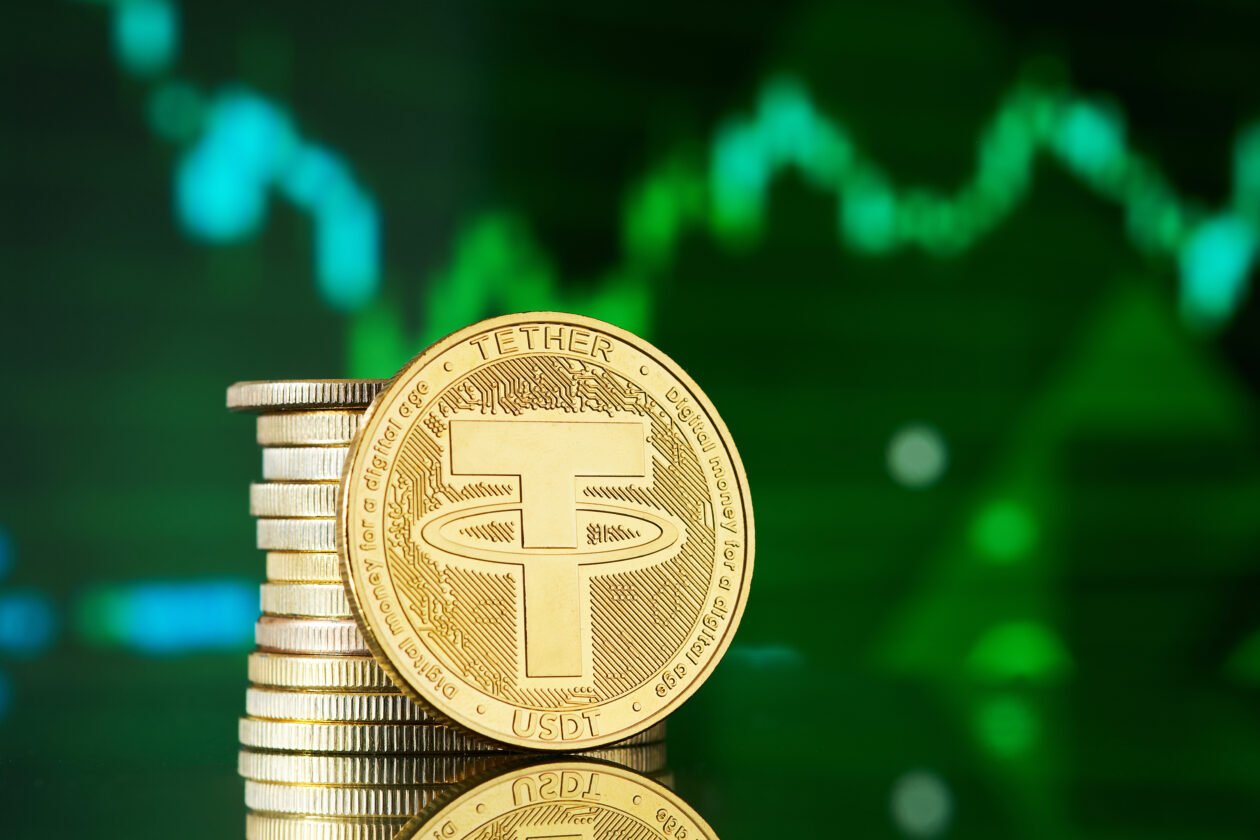
USDT plays a vital role in the cryptocurrency market due to its stability and wide-ranging applications across various crypto platforms.
- Trading Pairs on Exchanges: USDT is commonly used as a trading pair on major exchanges, allowing traders to exchange volatile assets like Bitcoin and Ethereum without converting to fiat currencies. This enhances liquidity and makes trading smoother.
- Hedging Against Market Volatility: In times of market volatility, traders use USDT to hedge against price swings. Its 1:1 peg to the US dollar makes it a safe haven for preserving value and avoiding risks in more volatile cryptocurrencies.
- DeFi Applications: USDT is a popular asset in decentralized finance (DeFi), used for lending, borrowing, and liquidity provision on decentralized exchanges (DEXs). Its stable value makes it ideal for engaging in DeFi protocols without exposure to large price changes.
- Cross-Border Transactions: USDT is widely used for remittances and international payments, offering fast, low-cost transfers compared to traditional methods. It’s particularly valuable in regions with limited access to stable fiat currencies.
- Liquidity and Arbitrage: Traders use USDT for liquidity on various platforms, exploiting arbitrage opportunities where price discrepancies exist between exchanges. It allows for quick movement of funds, maximizing potential profit from market inefficiencies.
Practical Uses of USDT

E-commerce and Online Payments
E-commerce platforms and online payment processors have increasingly adopted USDT as a payment method. Its stable value and ease of transfer make it ideal for online businesses that want to accept digital payments while avoiding the risks associated with price volatility.
Remittances and Cross-border Money Transfers
USDT has also made cross-border money transfers easier and more affordable. Traditional methods of sending money across borders are often slow and costly. By using USDT, users can instantly send funds anywhere in the world, avoiding high fees and delays.
Funding and Withdrawals on Crypto Exchanges
One of the most common uses of USDT is on cryptocurrency exchanges. Investors and traders use USDT to fund their accounts, trade other cryptocurrencies, or withdraw funds.
USDT is widely accepted on major exchanges. These include Binance, Bitfinex, and many others. This strong acceptance makes USDT a trusted way to trade. It has become a reliable tool for buying and selling.
Trust and Security Aspects

Security Measures and Protocols
Tether Limited cares about security.
They use many ways to protect their users. This helps keep the USDT token safe. There are strong rules in place.
These rules help stop hacking and fraud. They also guard against bad actions that could harm the token’s value.
Transparency and Regulatory Compliance
Tether has been questioned about its claim of being fully backed by cash. Many people want to know if this is true.
The company is trying to be more open. It has shared reports often and aims to follow rules.
In the US, Tether Limited is under investigation.
This includes checks by New York Attorney General Letitia James. They look into Tether’s actions and claims about money reserves.
Comparisons With Other Stablecoins
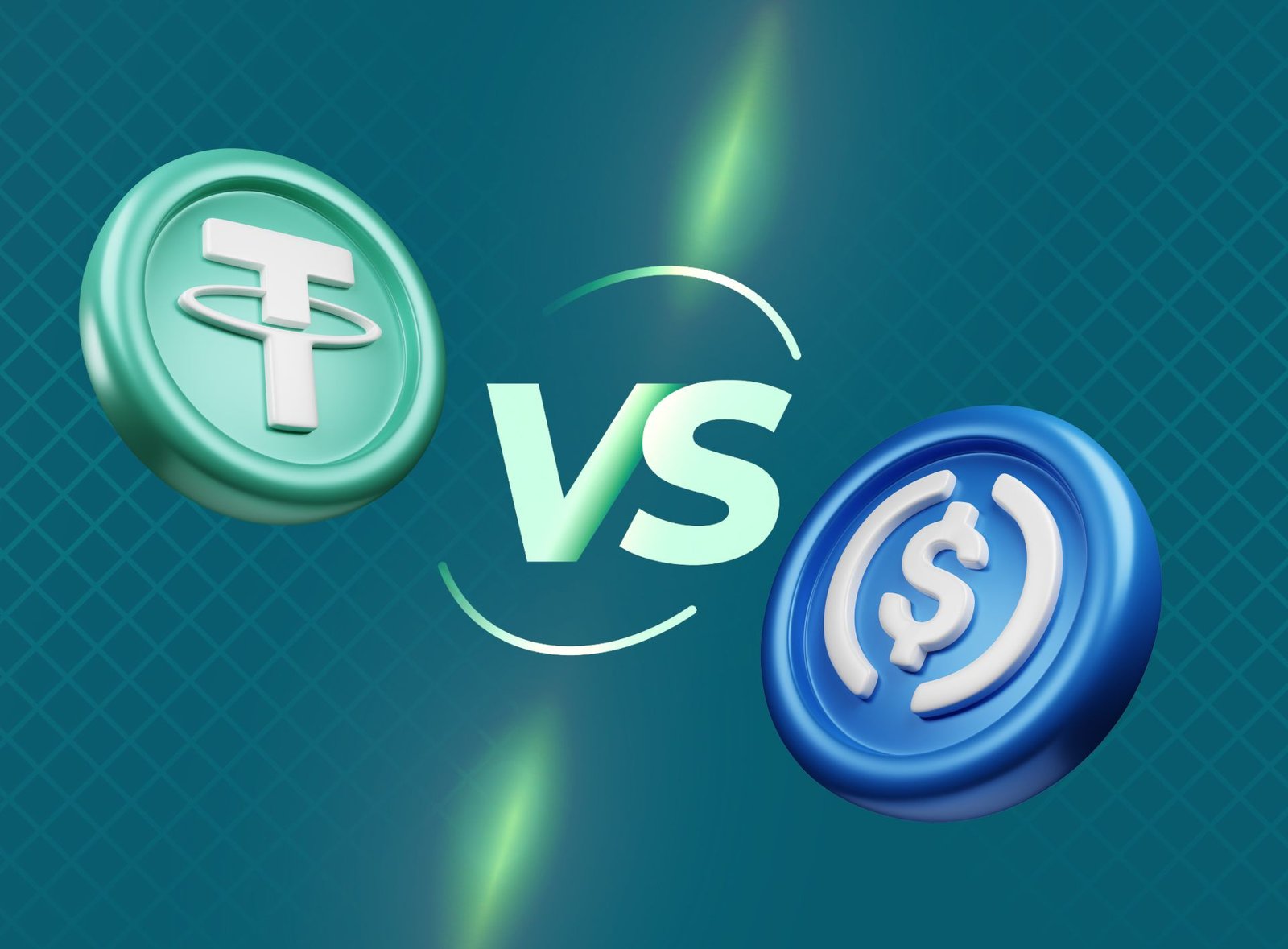
Unlike Bitcoin or Ethereum, USDT’s value is not determined by market speculation but is tied to the value of the US dollar.
This stable value makes it a go-to choice for investors and traders who want to avoid the price volatility common in the crypto market.
Compared to the US dollar, USDT can be easily transferred between wallets, exchanges, and different blockchain networks with greater speed and reduced costs.
USDT Vs. USD ($)
While USDT aims to maintain a 1:1 peg to the US dollar, there are differences in how both are used.
USDT is a digital asset that can be used across multiple blockchain networks, whereas the US dollar is physical currency controlled by the central bank.
USDT Vs. USD Coin (USDC)
USD Coin (USDC) is another popular stablecoin pegged to the US dollar.
Both USDT and USDC provide price stability, but USDC is known for its greater transparency and regulatory oversight, particularly in the US.
Tether, on the other hand, has a longer track record and higher market capitalization.
USDT vs. Binance USD (BUSD)
BUSD is Binance’s native stablecoin, pegged to the US dollar.
Like USDT, BUSD maintains a stable value, but BUSD is more tightly integrated with the Binance exchange, making it an attractive option for users of that platform.
Tether, however, remains the most widely used stablecoin across various exchanges.
Future Prospects of USDT

Technological Advancements
The future of USDT depends on new tech in blockchain networks. As more blockchain networks use Tether, its reach will grow. This will help more people use it. Also, better blockchain tech may make USDT transactions faster and easier.
Potential Market Expansions
Tether’s parent company, Tether Holdings Limited, is exploring expansion into new markets like Asia and Europe. As stablecoin regulations evolve, Tether aims to adapt and grow its presence, providing financial institutions a stable alternative to fiat currencies.
Conclusion
USDT is very important in the world of crypto. It provides stability in a market that changes fast.
As a stablecoin tied to the US dollar, it is safe for trade. This makes it a favorite among traders, investors, and users.
People use USDT for trading, sending money across borders, and saving value. It helps manage risk and keeps cash flow steady in the digital economy.
The rise of USDT shows how key stablecoins are becoming in finance.
As crypto grows and changes, USDT will likely remain vital for digital asset trades. It offers a clear and easy way to handle the hard parts of crypto. Its power to link normal finance with digital assets highlights its growing role in the future of money.
FAQs
How is USDT Backed?
USDT is backed by a reserve of US dollars and cash equivalents. Tether Limited claims that every USDT token issued is supported by an equivalent amount of fiat currency or liquid assets held in reserves. However, the exact composition of these reserves has been a subject of debate, with some questioning the transparency of Tether’s backing.
Is Tether Safe?
Tether is generally considered safe for use, especially when compared to more volatile cryptocurrencies. However, concerns have been raised about the transparency of its reserves and its legal battles with regulatory bodies. While it maintains its peg to the US dollar, users should always be aware of the risks associated with using any cryptocurrency.
Who Can Use Tether (USDT) Tokens?
Anyone with access to a cryptocurrency wallet or exchange that supports USDT can use the token. Whether you’re a crypto trader, investor, or someone needing to make fast, low-cost international payments, USDT offers a convenient and stable digital asset for a wide range of users across the globe.
What Blockchain Networks Does Tether Support?
Tether (USDT) operates on multiple blockchain networks, including Bitcoin’s Omni Layer, Ethereum (ERC-20), Tron (TRC-20), Binance Smart Chain (BEP-20), and others. This multi-chain support makes USDT highly versatile and accessible across various platforms and crypto exchanges.
Where Can You Buy Tether?
Tether can be purchased on most major digital currency exchanges such as Binance, Coinbase, Kraken, and Bitfinex. It is available for trading against several cryptocurrencies and fiat currencies, making it easy for users to acquire USDT through a variety of payment methods.
How Does USDT Maintain its Peg to the Dollar?
USDT maintains its 1:1 peg to the US dollar by being backed by equivalent reserves of fiat currency and cash equivalents. Tether Limited regularly audits and manages its reserves to ensure that the amount of USDT in circulation is always matched by assets in its treasury, though transparency on this process has been a topic of controversy.
What Are The Risks Associated With Using USDT?
While USDT offers price stability, there are risks associated with its use, including regulatory uncertainty, concerns over the transparency of its reserves, and legal issues faced by Tether Limited.
Users should be cautious and understand these risks before using USDT for trading or as a store of value.
